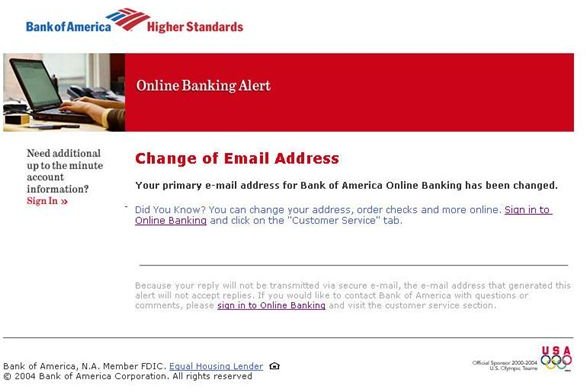

Spoofing – or caller line identification overstamping – allows the cybercriminal to make the caller ID or SMS sender name show something different to what’s really being used. This is called ‘spoofing’, where the scammer uses software to ‘spoof’ (or copy) the NAB number or sender name so that it appears in your phone as coming from NAB. These calls and messages might appear to come from NAB’s phone numbers, or in the same thread as legitimate messages from NAB. We’re aware of a current scam impacting NAB customers, where they receive phone calls and text messages pretending to be from NAB. If you have received this type of email and have transferred money or provided information, please contact your bank immediately.Ĭontact your local branch or call 13 22 65 immediately. If you have received this type of email, please report the buyer to the respective marketplace service and then delete the email, text or messenger message. (3) Receive communication directly from PayID via email, text or messenger (PayID is managed by your bank). (2) Need to take any additional action, like upgrading your account or paying additional fees, before money can be received into your bank account. (1) Need to send money first to receive a payment via PayID. There's no such thing as a PayID account upgrade. The scammer will then use the seller’s supplied email address to send them a fake PayID email (similar to the below) as proof.ĭo not send funds to the buyer. However, no money will actually appear in the seller’s account. The scammer then claims they have sent extra money to upgrade the seller’s account, which they will pressure the seller to immediately reimburse. Shortly after, the scammer will claim they have sent the money for the goods, but “PayID” is saying the transaction couldn’t be completed because the seller does not have a “business account”. They’ll either ask for the seller’s PayID email or push the seller to setup a PayID using their email. Using what’s often a fake or compromised social media profile, they make an offer to purchase the item being sold online using PayID. Scammers usually contact people listing items on online marketplaces. We’re aware of PayID scams currently targeting online marketplace users.


 0 kommentar(er)
0 kommentar(er)
